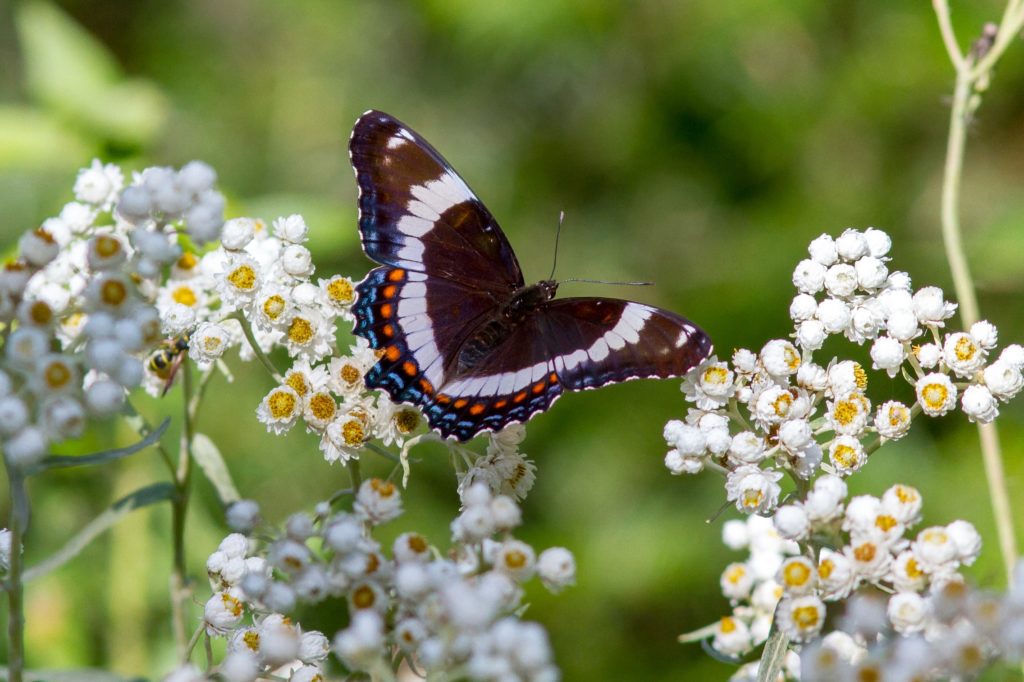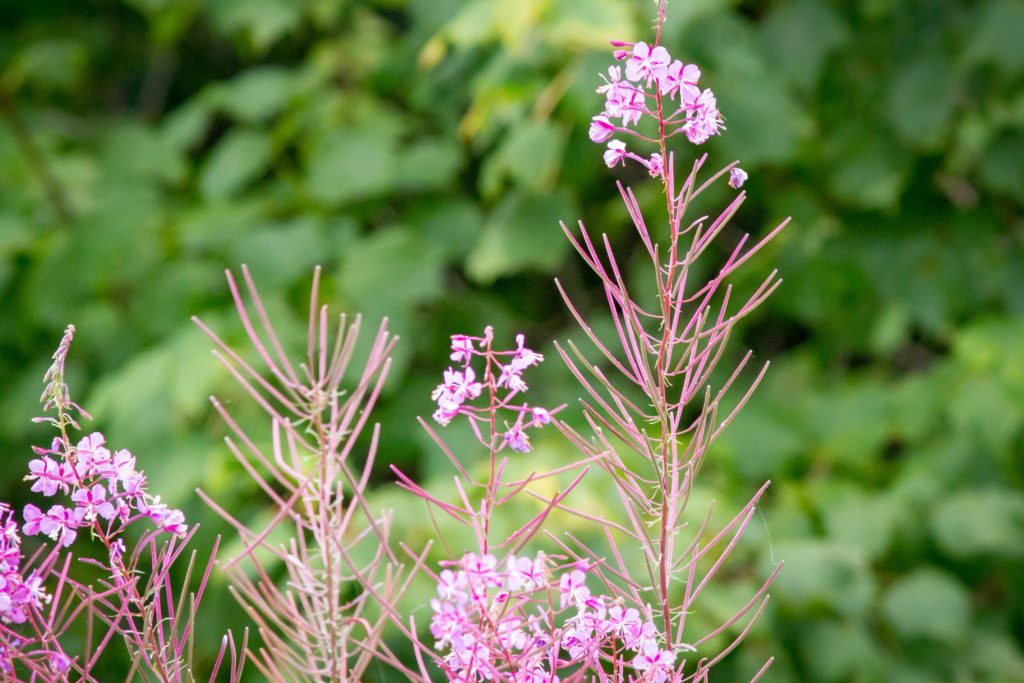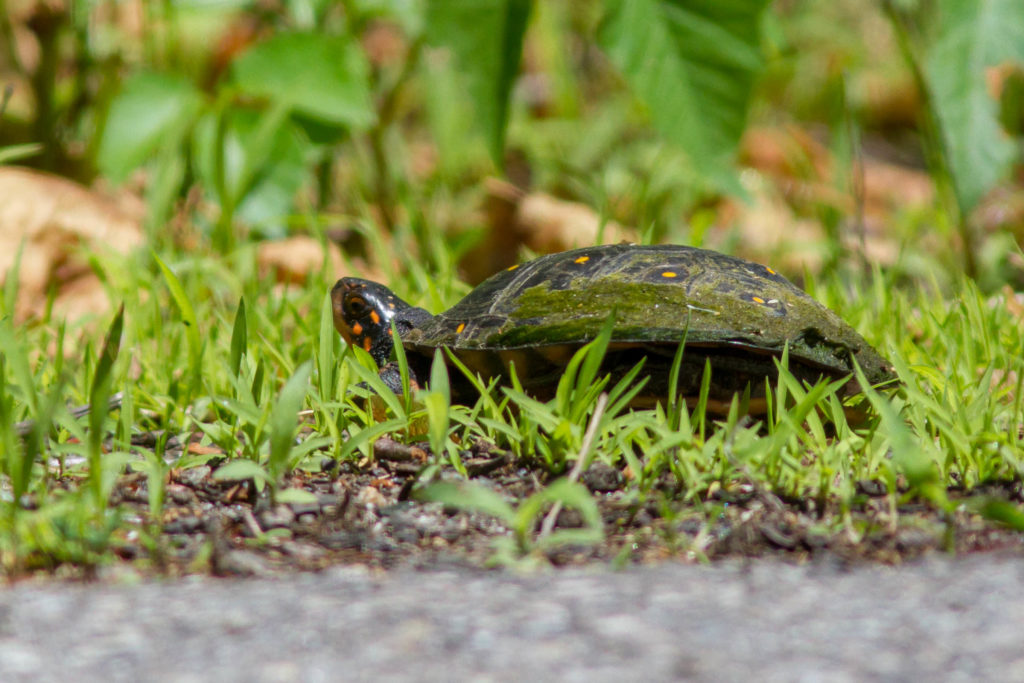A few photos and facts from New Hampshire… You can take the Master Naturalist out of Texas (temporarily) but they will still seek to learn about the natural world wherever they are.

White Admiral (Limenitis arthemis) butterfly: Have you seen a Red-spotted Purple butterfly? If so, you have seen this species. All Limenitis arthemis in the north have a bold white stripe crossing the forewing and hindwing, while in the south, the species has evolved to mimic the poisonous Pipevine Swallowtail.

Fireweed (Chamaenerion angustifolium) is a perennial herbaceous flowering plant that is native throughout the temperate northern hemisphere but favors the cooler climates of boreal forests and mountain peaks.

Spotted Turtle (Clemmys guttata) is a small, semi-aquatic turtle that is globally endangered. Their favored habitat includes flooded forests, marshes, wet meadows, bogs, and woodland streams in the eastern United States and southeast Canada. They are most at risk during their frequent terrestrial wanderings when they are particularly vulnerable to predation or encounters with automobiles.

Moose (Alces alces) are the largest members of the New World deer sub-family and range throughout Canada and most of the northern tier of states in the U.S. Moose are solitary throughout most of their lives. They feed on vegetation such as pond grasses and young trees and shrubs and require habitat that offers protection from extremely hot or cold temperatures. This one is probably a two-year old calf that is recently on its own. Nevertheless, it was taller than my small SUV.


